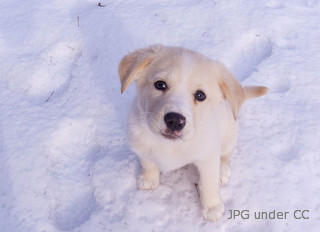Top 10 symptoms of diabetes in dogs & healthful diet
We seldom consider diabetes in canines when our best friend is not acting like his old self. Diabetic disease or the condition where the pancreas fails to produce enough insulin for the body’s absorption of sugar does not only happen to humans. Your dog may also suffer from this condition.
You may have seen changes in your pet, but you have ignored them. It is vital that you know the symptoms of diabetes in dogs and diet if you want your pet to live longer. This guide explains the symptoms and proper dietary plan.
To start with, let us discuss the symptoms of diabetes in dogs that you should watch out for. Canine diabetic symptoms will differ depending if it is an early stage or an advanced stage of this disease. For the early stage, the common diabetes symptoms in canine are increased appetite, drinking a lot of water, frequent urination and unexplained weight loss.
Common symptoms of diabetes in canines
The weight loss in diabetic dogs is due to the catabolic nature of diabetes. Your diabetic dog will drink a lot of water because it is excreting a lot of fluid because of frequent urination. Appetite will be increased because whatever it eats is broken down immediately. These signs of diabetes during the early stages should be taken seriously to prevent complications.
The canine diabetes symptoms in the advanced stage are loss of appetite, dehydration, vomiting, weakness, lethargy and cataracts. At this point, your canine is weak and may not perform activities that it used to.
Report these symptoms to your veterinarian when you see them prevent complications such as neurological problems and enlarged liver, which can affect all your dog’s organs.
Proper diabetic dog food and diet plan
For a diet plan, you should bear in mind the foods that you should be and should not give to a diabetic dog. There are certain essential nutrients that the diabetic canines diet should have. Avoid giving your dog foods that are high in simple sugars because it will contribute to a high sugar level. Your diabetic canine diet should be high in complex carbohydrates, high in fiber and low in fat.
Your canine’s veterinarian may recommend prescription diabetic dog food, but you can look for cheaper foods that have the same qualities in pet food stores. It is important to control the calorie intake of your canine if it is obese. If your dog is thin, it may experience ketoacidosis or too much breakdown of fat for energy, which will cause bad breath.
Now that you know these early signs and nutrients that can offset them, remember them when planning a diet for diabetic dogs.
Knowing the symptoms of diabetes in dogs will save your canine from the complications of diabetic disease. This way, your canine may live longer and an almost normal life. Your efforts will be rewarded when you dog becomes active like the way it used to be.
Always follow the diet to ensure your dog’s blood level does not elevate or be too low. Share this information with other canine owners that worry about their dog’s health condition. You can help save a lot of canines from the complications of the condition.


Leave a Reply